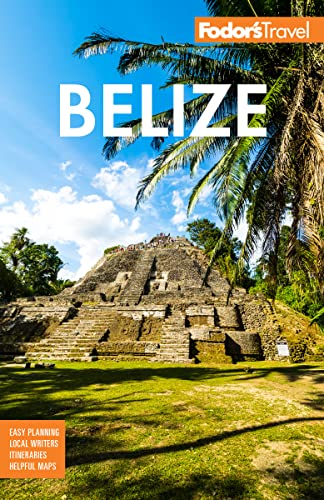Southern Coast History
As elsewhere in Belize, the Maya were here first. They had settlements in what is now Stann Creek District at least from the Early Classic period (around AD 300) until the Post-Classic period (about AD 1200). However, this part of Belize did not have the large Mayan cities that existed elsewhere. Few of the known Mayan sites in the area have been extensively excavated, but they appear to have been small ceremonial centers.
In the 1600s, small numbers of English, some of whom were pirates, settled on the Placencia Peninsula, though most eventually left the area. Creoles, slaves from Jamaica, came to Stann Creek in the 1700s, mainly to work in logging, and, later, in fishing. In the next century English traders and farmers arrived in what is now Dangriga. They called their coastal trading posts "stands," which was corrupted to "stann." Hence the name Stann Creek. On November 19, 1823, a group of Garinagu from the Bay Islands of Honduras, Africans who had intermarried with Carib Indians in the southern Caribbean, arrived at the mouth of the Stann Creek River, at what was then called Stann Creek Town. This date is still celebrated in Belize as Garífuna Settlement Day. Later, the name of Stann Creek Town (but not the district) was changed to Dangriga, which means "sweet water" in the Garífuna language.
In the late 1800s several families, originally from Scotland, Portugal, Honduras, and elsewhere, arrived in Placencia. The names of these families—Garbutt, Leslie, Westby, and Cabral—are still common on the peninsula. In the 19th and early 20th centuries the fertile soils of the coastal plain were found to be ideal for growing bananas and citrus, and soon agriculture became the most important industry in the region. The first railroad in Belize, the Stann Creek Railway, built by the United Fruit Company to transport bananas, started operation around World War I. The railroad closed in the 1950s.
The first small tourist resorts were developed on the Placencia Peninsula in the 1960s and '70s, but the lack of infrastructure meant that few visitors got this far south. The first fishing cooperative was established in Placencia in 1962. Although fishing is still a way of life for a few people on the coast, the big money now is real-estate development and tourism. Shrimp farming, once an up-and-coming industry around Placencia, has run into problems due to competition from Asia, and several Belize shrimp farms have closed.
Hurricane Iris in 2001 devastated much of the Southern Coast south of Maya Beach, Tropical Storm Arthur in 2008 caused extensive flooding, and a minor earthquake in 2009 damaged some homes in Placencia and Monkey River. Luckily, Hurricane Earl, in August 2016, did little damage this far south and the area is rebounding stronger than ever, and you will see few signs of the natural disasters.




